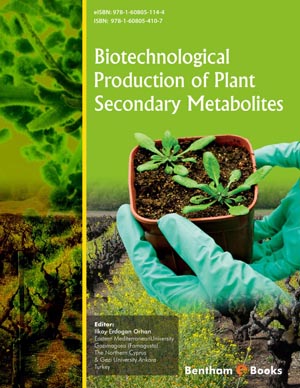Abstract
Ralstonia eutropha (a.k.a., Cupriavidus necator) is at the forefront of the research movement towards sustainable bioproductions. There are two principal reasons for the popularity of R. eutropha in this arena: 1) the organism has a versatile metabolism and can utilize a wide variety of carbon sources from sugars and lipids to carbon dioxide and aromatic compounds for growth and fermentative bioproductions, 2) it can store a large amount of carbon as intracellular polymer. R. eutropha is known as the model system for polymer (polyhydroxyalkanoate) biosynthesis and mobilization. Many valuable works have been published on this specific topic. In the recent years, however, R. eutropha is being used as a host organism for heterologous bioconversions, such as biofuel synthesis. Again, researchers are exploiting the metabolic versatility of the organism to create novel products and processes. This chapter chronicles the key discoveries of R. eutropha biology and presents the biomanufacturing context that inspired many research groups to tailor the organism as a novel biocatalyst.
Keywords: Autotrophy, Biofuel, Biopolymer, Bioremediation, Cupriavidus necator, Fed-batch cultivation, Fermentation, Isobutanol, Medical products, Metabolism, Polyhydroxyalkanoate (PHA), Ralstonia eutropha.

















